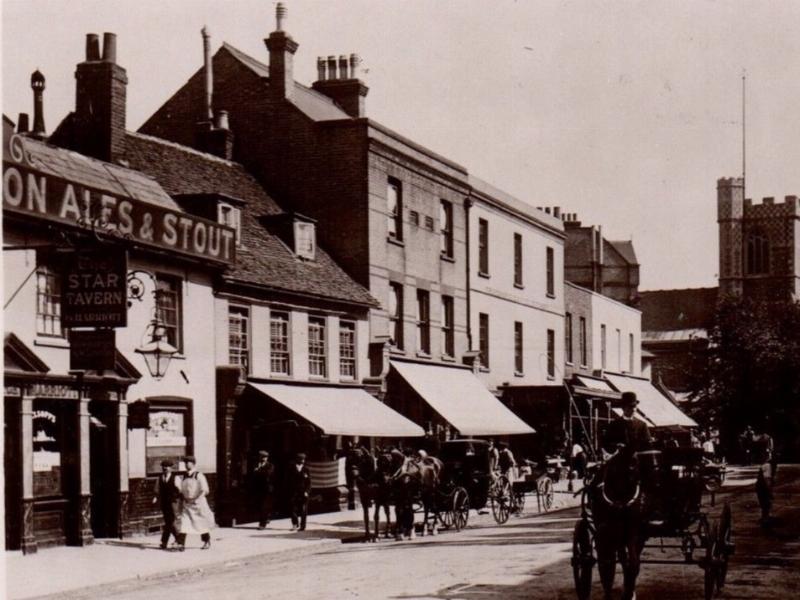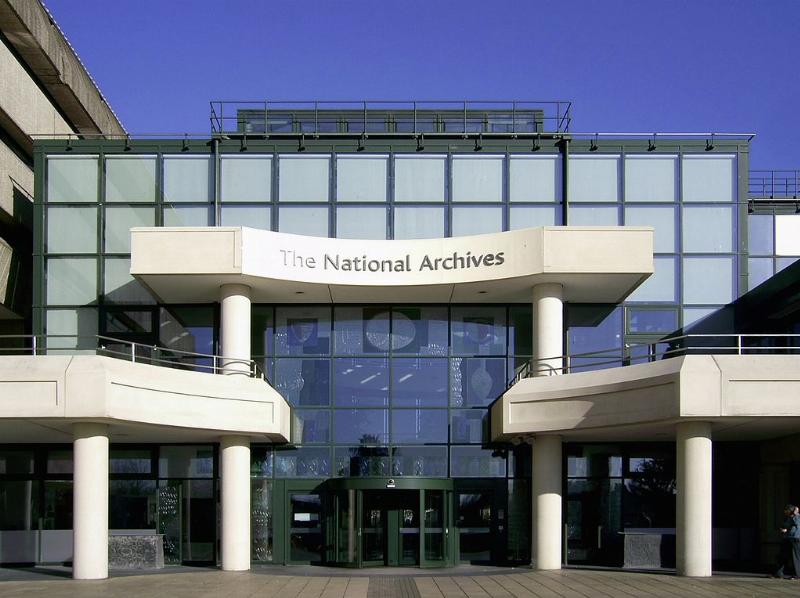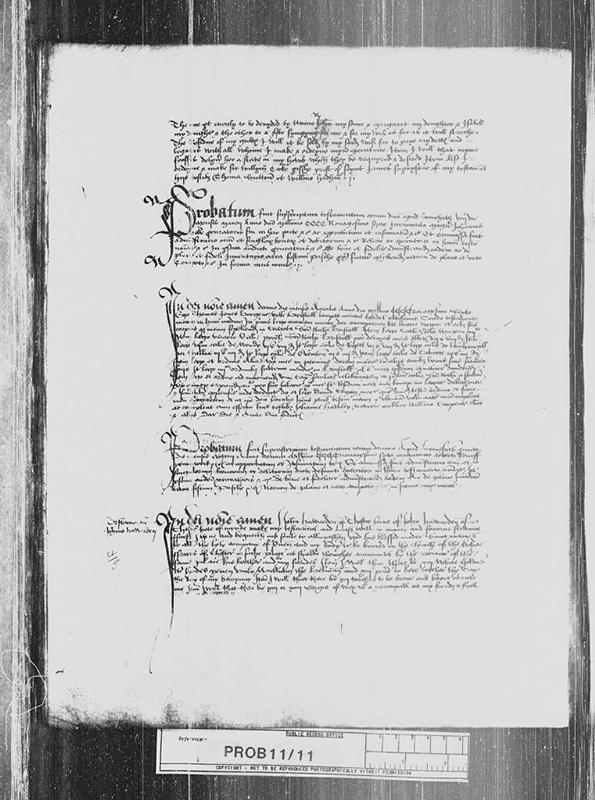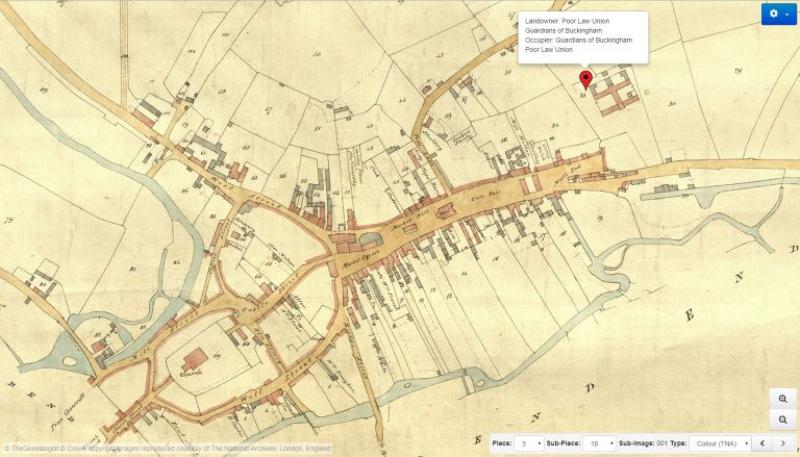Newgate Prison Records reveal thieves and Marie Antoinette’s libeler
TheGenealogist is adding to its Court and Criminal Records collection with the release of almost 150,000 entries for prisoners locked up in Newgate prison along with any alias they were known by as well as the names of their victims. Sourced from the HO 26 Newgate Prison Registers held by The National Archives, these documents were created over the years 1791 to 1849.
Newgate Gaol, London from TheGenealogist’s Image Archive
The Newgate Prison Registers give family history researchers details of ancestors who were imprisoned in the fearsome building that once stood next to the Old Bailey in the City of London. The records reveal the names of prisoners, offences the prisoner had been convicted for, the date of their trial and where they were tried. The records also give the name of the victims and any alias that the criminals may have used before.
Use the Newgate Prison Registers records to:
- Find ancestors guilty of crimes ranging from theft, highway robbery, libel and murder
- Discover the victims of crime
- Uncover some of the aliases used by criminal ancestors
- See descriptions of offenders with details of their height, eye colour and complexion
- Research records covering the period 1791 - 1849
Read TheGenealogist's article about Marie Antoinette’s libeler locked up in Newgate:
About TheGenealogist
TheGenealogist is an award-winning online family history website, who put a wealth of information at the fingertips of family historians. Their approach is to bring hard to use physical records to life online with easy to use interfaces such as their Tithe and newly released Lloyd George Domesday collections.
TheGenealogist’s innovative SmartSearch technology links records together to help you find your ancestors more easily. TheGenealogist is one of the leading providers of online family history records. Along with the standard Birth, Marriage, Death and Census records, they also have significant collections of Parish and Nonconformist records, PCC Will Records, Irish Records, Military records, Occupations, Newspaper record collections amongst many others.
TheGenealogist uses the latest technology to help you bring your family history to life. Use TheGenealogist to find your ancestors today!
About The National Archives
The National Archives is one of the world’s most valuable resources for research and an independent research organisation in its own right. As the official archive and publisher for the UK government, and England and Wales they are the guardians of some of the UK's most iconic national documents, dating back over 1,000 years. Their role is to collect and secure the future of the government record, both digital and physical, to preserve it for generations to come, and to make it as accessible and available as possible. The National Archives brings together the skills and specialisms needed to conserve some of the oldest historic documents as well as leading digital archive practices to manage and preserve government information past, present and future.
http://www.nationalarchives.gov.uk/ http://www.legislation.gov.uk/
For the latest stories, follow the Media Team on Twitter @TNAmediaofficer

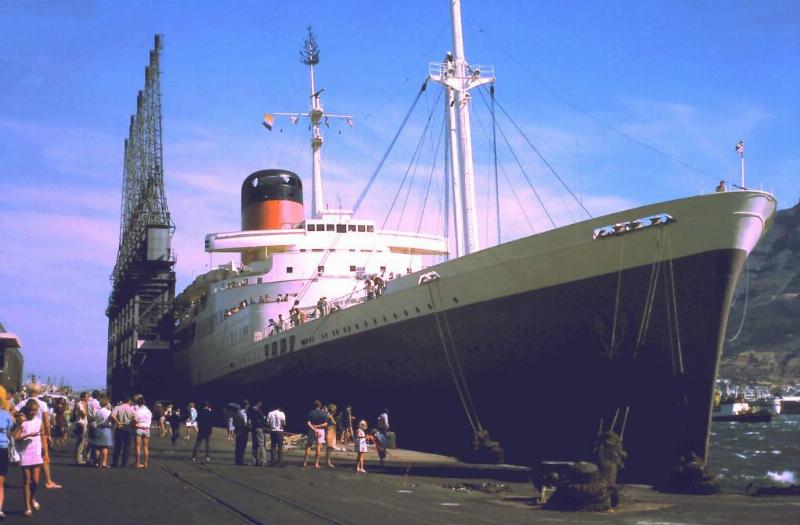
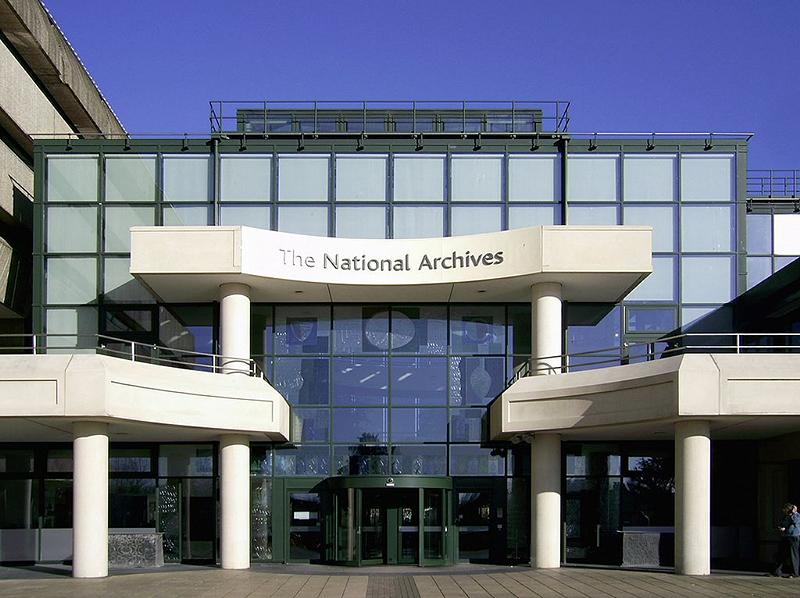

.jpg)
